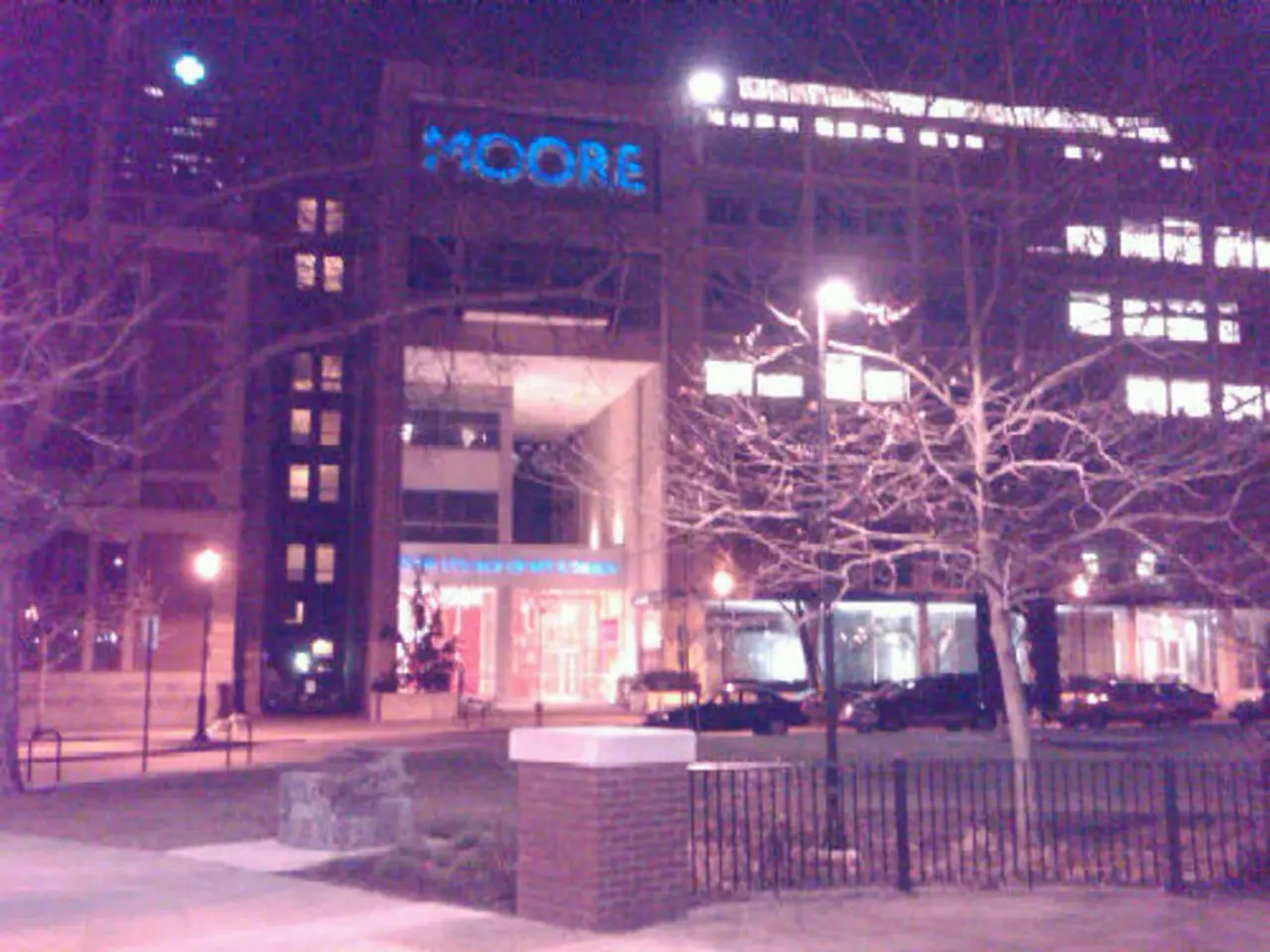Overcrowded Berlin Emergency Rooms Due To Non-Urgent Cases - Berlin's Emergency Rooms Frequently Overused for Non-Urgent Cases
Berlin's emergency departments are grappling with an increasing service load, as revealed by a historic high in fire department and emergency call deployments in 2024 [1]. Despite a slight decrease in emergency calls, the emergency rooms are still overwhelmed with a large volume of patients, many of whom are dealing with non-urgent cases.
According to a survey by AOK Nordost, conducted by Forsa, many people in Berlin go directly to the emergency room without seeking medical advice [2]. This trend is primarily due to systemic issues in patient navigation and the lack of effective outpatient urgent care options.
In an effort to address this issue, a study protocol exploring patient navigation models in Berlin is underway. The study aims to compare different models, such as separate outpatient care within hospital grounds, urgent care practices near emergency rooms, and improved triage by doctors to better identify urgent cases [3]. The ultimate goal is to improve efficiency, quality of care, patient safety, and satisfaction.
Schreiner, a prominent figure, has emphasized the need for better patient guidance, including in treatment by general practitioners [2]. The 116 117 medical on-call service, which provides assistance outside of office hours for illnesses that patients would otherwise go to the practice for, could play a crucial role in this regard.
However, only 8 percent of the surveyed respondents had first sought an initial assessment via the 116 117 service [2]. Of those who had visited an emergency room, a quarter (26 percent) were sent there by a doctor [2]. Interestingly, less than half of the surveyed respondents had visited an emergency room independently at least once in the past five years [2].
One of the main reasons for this is that 42 percent of the respondents said they had felt too unwell to wait [2]. This underscores the importance of improving patient navigation and providing more effective outpatient emergency care alternatives.
In summary, the high presence of non-emergency cases in Berlin’s emergency rooms is linked to systemic issues in patient navigation and the availability or use of outpatient emergency care alternatives rather than true emergencies overwhelming the system [3][1]. Improvements in patient guidance, outpatient care options, and triage by doctors are essential to address this issue and ensure that patients receive the appropriate care in a timely and efficient manner.
To alleviate the strain on Berlin's emergency departments, it would be beneficial to implement community policies that promote vocational training for medical professionals. This could lead to a rise in the availability of effective outpatient urgent care options and improve patient navigation, reducing the number of non-urgent cases that clog the emergency rooms. Additionally, integrating science, particularly in the field of health-and-wellness, could provide innovative solutions to improve patient satisfaction, safety, and quality of care.




